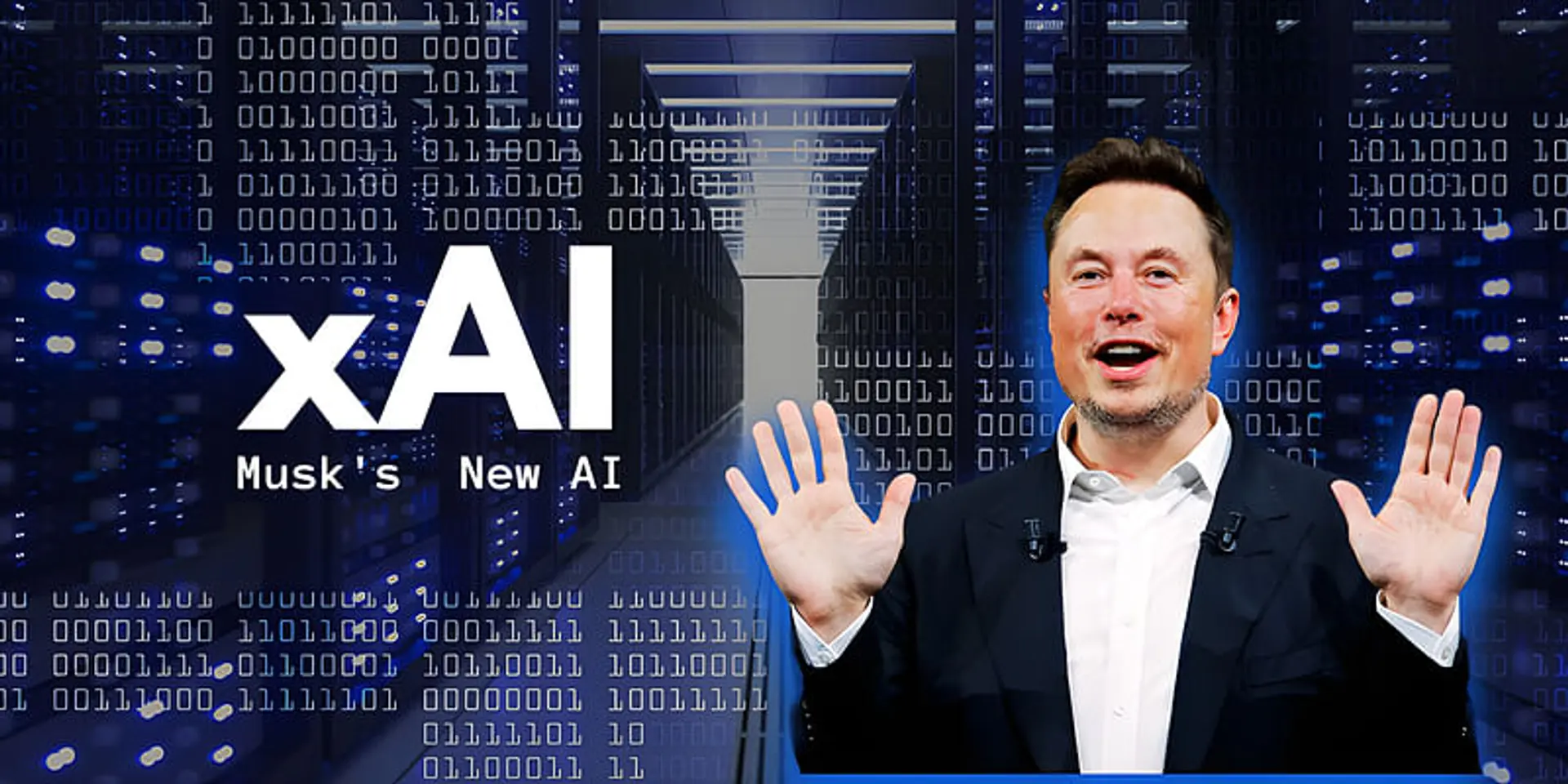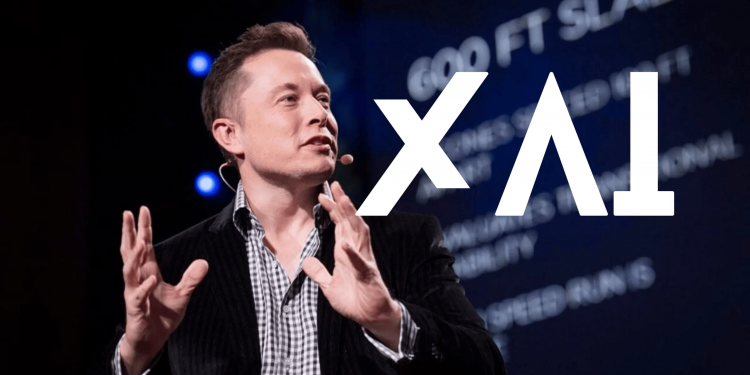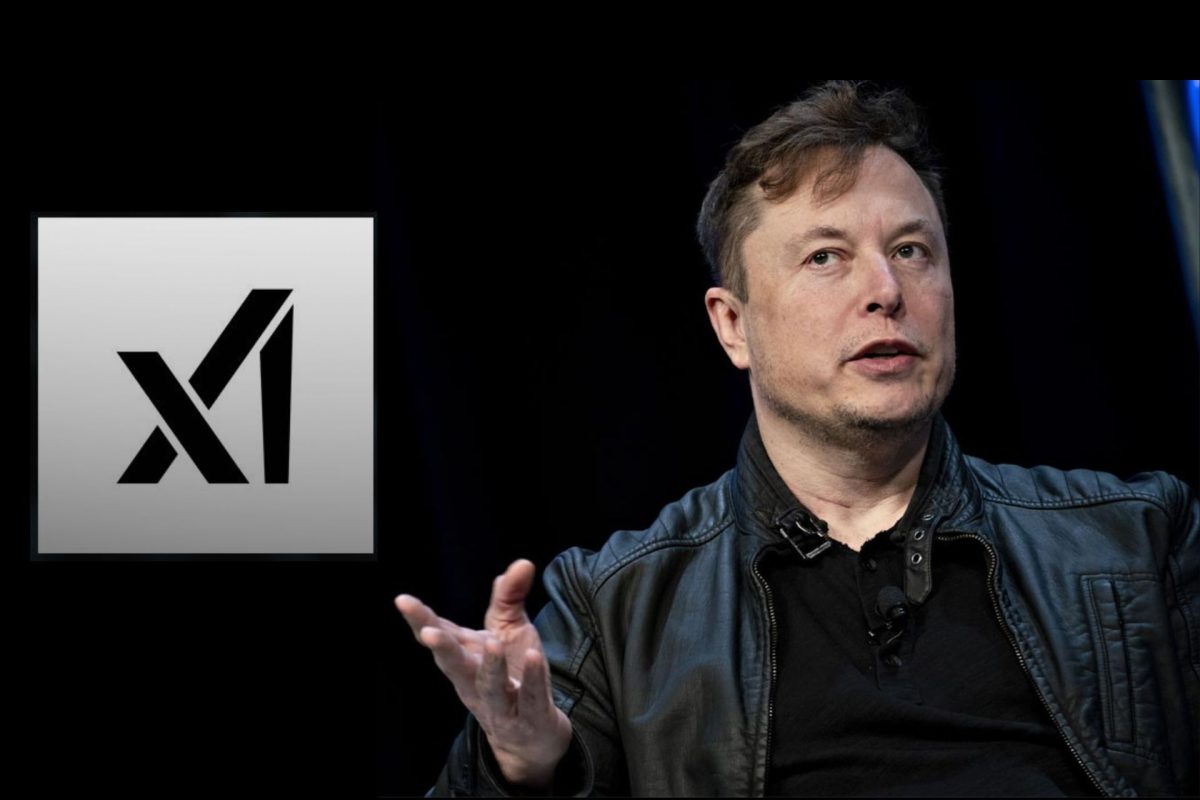A One-Man Empire Is Taking Shape — and He Says, “I Haven’t Even Started”
In a move that tech analysts are calling both “visionary” and “terrifying,” xAI, Elon Musk’s artificial intelligence company, has officially merged with X Corp., the parent company of the social network formerly known as Twitter.
The result? A new entity named X.AI Holdings Corp — a conglomerate that now controls:
- A social platform with over 500 million users
- A general-purpose AI model (Grok) trained on real-time conversations
- A supercomputer dubbed Colossus, reportedly powered by methane and built in Memphis
- A billionaire CEO who says this is all just Phase One
“I haven’t even started,” Musk told investors at a closed-door session in Austin last week.
The quote has since gone viral.
One Stack to Rule Them All?
This merger completes what some are calling “the Musk stack” — data, infrastructure, distribution, and control, all under one man’s command.
With X as a live firehose of human interaction, Grok as an AI that learns from it, and Colossus as the hardware to run it all, Musk is now arguably building the world’s first vertically integrated AGI pipeline — without needing Google, Microsoft, or Amazon.
Add to that: Starlink for global bandwidth, Tesla for real-world sensors, Neuralink for human inputs, and you don’t just have a tech empire.
You have an ecosystem with no external dependencies.
The Colossus Controversy
At the heart of this expansion is Colossus, Musk’s supercomputer cluster rumored to be training the next-generation Grok models.
Housed in a massive Memphis facility, it’s powered not by solar or hydro — but by a converted natural gas generator running methane, a decision that has already sparked outrage from environmental groups.
“He’s building AGI on fossil fuel fumes,” said one Greenpeace organizer.
“It’s the most Elon thing ever.”
Musk defended the choice on X, writing: “Wind and solar are too unstable for training large models. This is temporary. And efficient.”
Critics aren’t convinced.
Real-Time AI, Real-Time Risk
The xAI–X integration means that Grok now has unfiltered access to real-time public discourse, which it uses to learn, adapt, and fine-tune itself. That makes Grok smarter, faster, and more culturally attuned than rivals like ChatGPT or Claude.
But it also raises huge red flags around bias, surveillance, and manipulation.
Who sets the guardrails when the AI is learning from the platform it helps shape?
And what happens when it begins shaping it in return?
Cybersecurity experts warn that a tightly coupled AI–social media loop could create self-reinforcing information spirals, where the AI trains on distorted data and amplifies it further — all without human review.
Meanwhile, governments around the world — especially in the EU — are watching closely, with some calling for regulatory intervention before the loop locks in.
Not Just a Company — A Civilization Tool?
Musk has described xAI’s long-term goal as creating “a maximally truth-seeking intelligence” to help humanity navigate the age of synthetic information.
But his critics say he’s building something far more powerful — and far less accountable.
“He now controls the most advanced language model trained on real-time public behavior, powered by a supercomputer he owns, delivered through a platform he moderates, and interpreted by a fanbase that trusts him over institutions,” said AI policy expert Dr. Samira Vance.
“That’s not a startup. That’s sovereignty.”
What’s Next?
Musk has hinted at upcoming features that would tie Grok deeper into X, including:
- AI-powered direct messaging, translation, and real-time conversation moderation
- A Grok API for third-party integration across Tesla, SpaceX, and even Neuralink
- And perhaps most provocatively: a “truth scoring system” that rates posts based on Grok’s interpretation of factual integrity
Sound Orwellian? Musk says it’s the opposite.
“You can’t fight propaganda with censorship,” he tweeted. “Only with better AI.”

Because Elon Musk doesn’t just own the tools.
He owns the language.
And he just merged it all into one company.
Leave a Reply